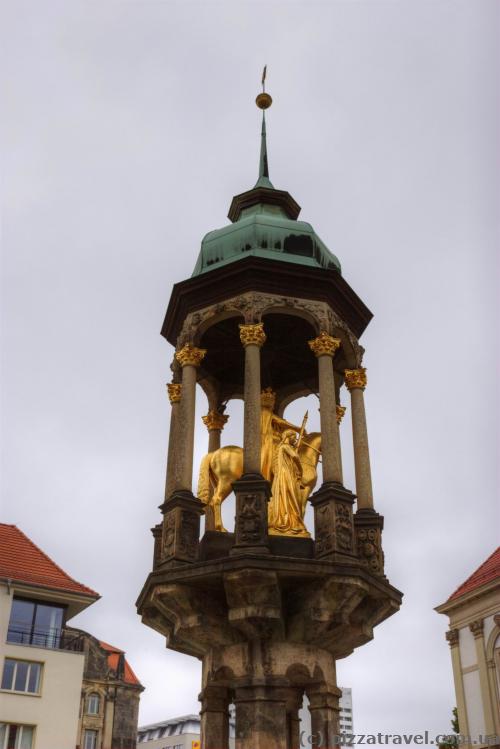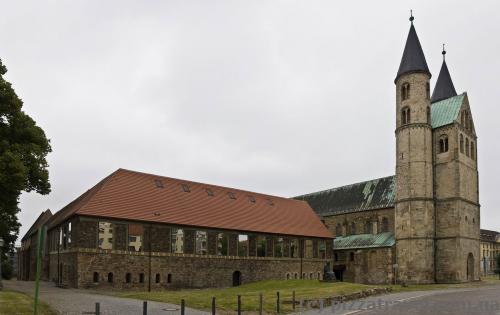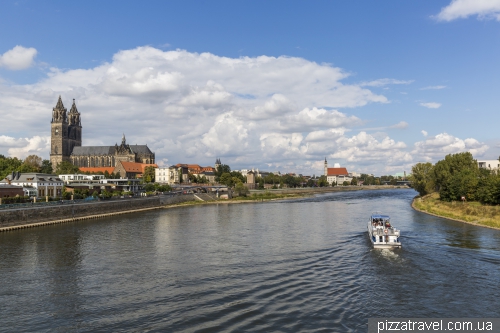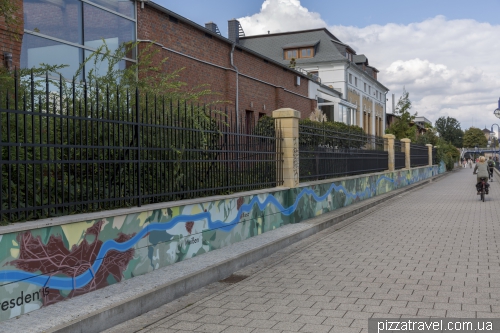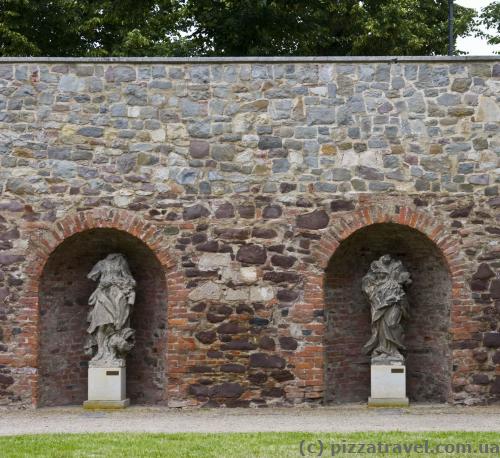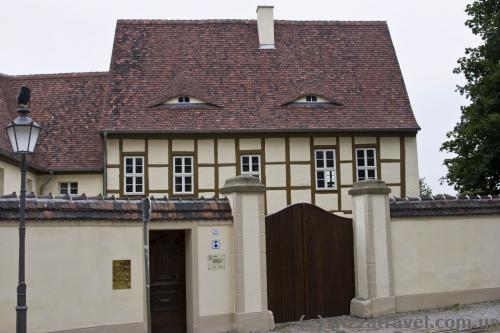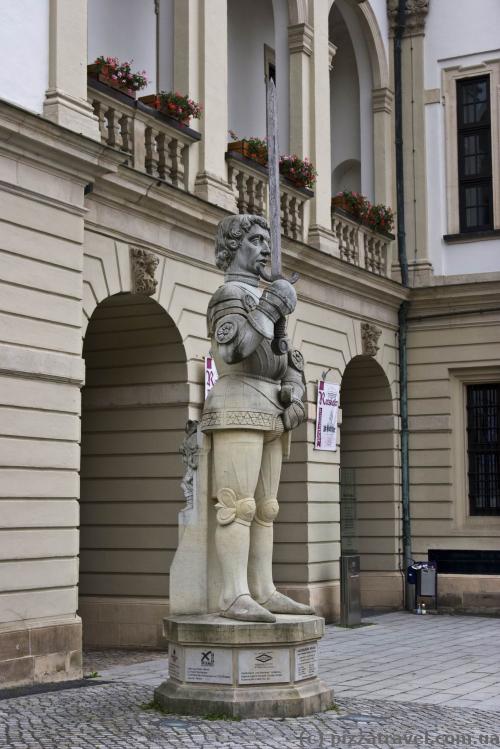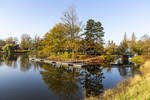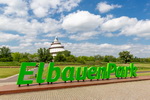Everybody heard about Magdeburg, even those who don't know in which country it is. First of all, because of the Magdeburg Law, autonomy that was obtained by individual cities and that was named in honor of the laws formed in Magdeburg in the 13th century.
Magdeburg is also known as the birthplace of Otto von Guericke, German physicist, engineer and philosopher. In 1650, he invented the vacuum vents, which are now used everywhere. And in 1654, he conducted a well-known experiment with the Magdeburg hemispheres, of which many have read in physics books in the school. Two copper hemispheres were connected and air was removed from them. Eight horses from each side couldn't break the hemisphere and thus proved the existence of atmospheric pressure. There is a monument to the scientist in the city. The hemispheres can be found everywhere as well. The original ones are kept in the Deutsches Museum in Munich.
Another famous citizen is Emperor Otto I the Great, who chose Magdeburg as his residence and founded the Benedictine monastery in 937.
The city was completely destroyed in 1945. Most of the buildings in the downtown were built at the times of GDR, and they clearly represent the "Soviet" style.
Some major historical buildings survived, though they were badly damaged. Cathedrals and churches are the only islands of history in the old city.
Nevertheless, many buildings of the Soviet era are undergoing reconstruction. The updated facades look much better.
The task to build a majestic cathedral (Cathedral of St. Maurice and St. Catherine) was given by Otto I the Great in 955. There he married his wife and died shortly afterwards. There is his tomb in the cathedral. In 1207, the original building was destroyed by fire and in 1209 construction of a new Gothic cathedral began. There is an observation deck on the top, but you can visit it only with an organized tour, which takes place two times a day.
St. John's Church (941) is the oldest church in the city. Martin Luther used to preach here. There is also an observation deck upstairs.
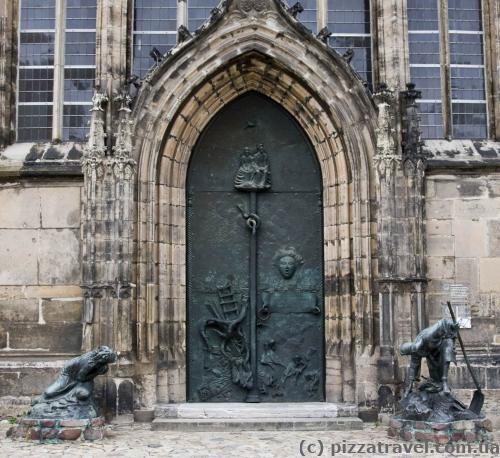
Portal of the St. John's Church. The bronze composition reminds of the destruction and reconstruction of Magdeburg during and after the World War II. ©Yuriy Buriak
On the way to the train station you will see a monument to Igor Belikov. At that time he was a Soviet soldier and served in a nearby town. In the morning of March 13, 1969 Belikov arrived at Magdeburg and was walking along the empty streets. He saw a little girl who almost fell out of the window of the 6th floor and he was able to catch her in his coat! Igor Belikov now lives in Lugansk (Ukraine) and is an honorary citizen of Magdeburg.
If you go to another side of the Elbe river, you can see the old city from a new angle.
Aerial photo
The Hubbrücke bridge was abandoned a few years ago, but now it's pedestrian.
In recent years, a new modern district appeared near the bridge. Magdeburg is very actively developing.
Here you can find a huge graffiti with the Elbe River and all the cities through which it flows.
An interesting monument with the clock that show the time in different cities of the world.
The city has a new attraction, built in 2005 by architect Hundertwasser: the Green Citadel. We have a separate article about it.
More photos of Magdeburg
Brochure in English with a map and description of the attractions can be downloaded here.
Getting there: Magdeburg is a large railway junction, use bahn.de.







